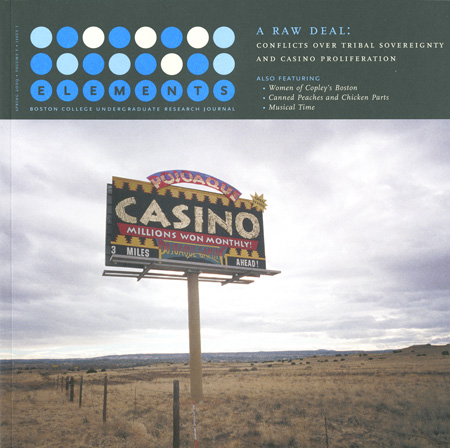The Disaster After the Disaster: The Evolution and De-Evolution of FEMA
DOI:
https://doi.org/10.6017/eurj.v5i1.8913Keywords:
Spring 2009, social science, communicationsAbstract
Since the Federal Emergency Management Agency's (FEMA's) inception during the Carter Administration in 1979, it has undergone a tumultuous history marked by a series of praised successess and grave failures. In its early stages, it was highly criticized for sluggish responses to crises as well as pervasive mismanagement. James Lee Witt revolutionized the agency, creating one of the most respected and efficient organizations in government. Although many people thought the progress he made would be long-lasting, the agency fell back into public criticism with a series of poor operations after Witt's departure, beginning with the 9/11 attack and peaking with its mismanagement of the Hurricane Katrina response. This paper examines how Witt transformed FEMA into a functional organization, as well as why it fell apart during the Bush Administration. It focuses on the key differences between how James Lee Witt and his successors handled the stages of emergency management strategyDownloads
Published
2009-04-01
How to Cite
Gardner, P. (2009). The Disaster After the Disaster: The Evolution and De-Evolution of FEMA. Elements, 5(1). https://doi.org/10.6017/eurj.v5i1.8913
Issue
Section
Articles
License
Copyright (c) 2015 Elements

This work is licensed under a Creative Commons Attribution 4.0 International License.

